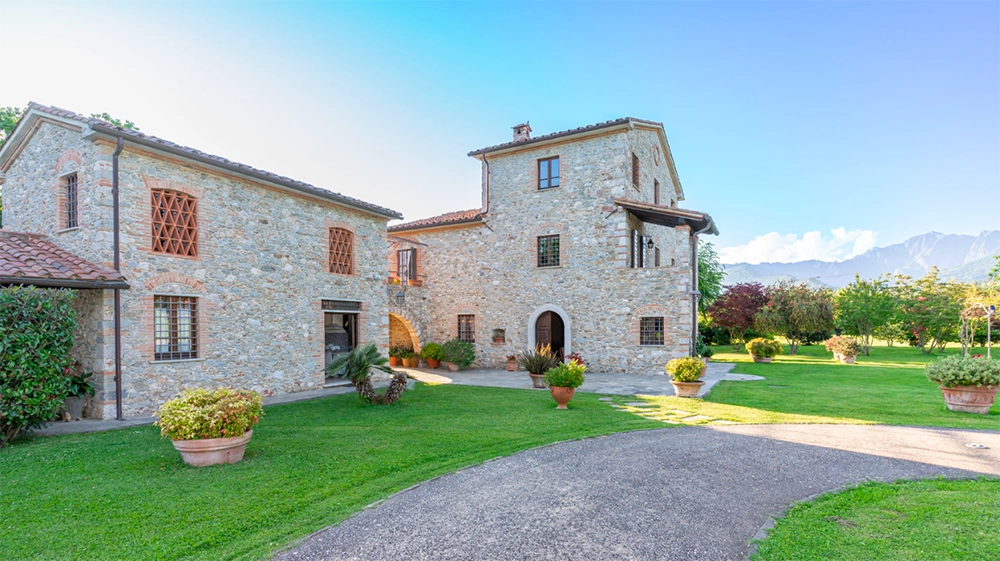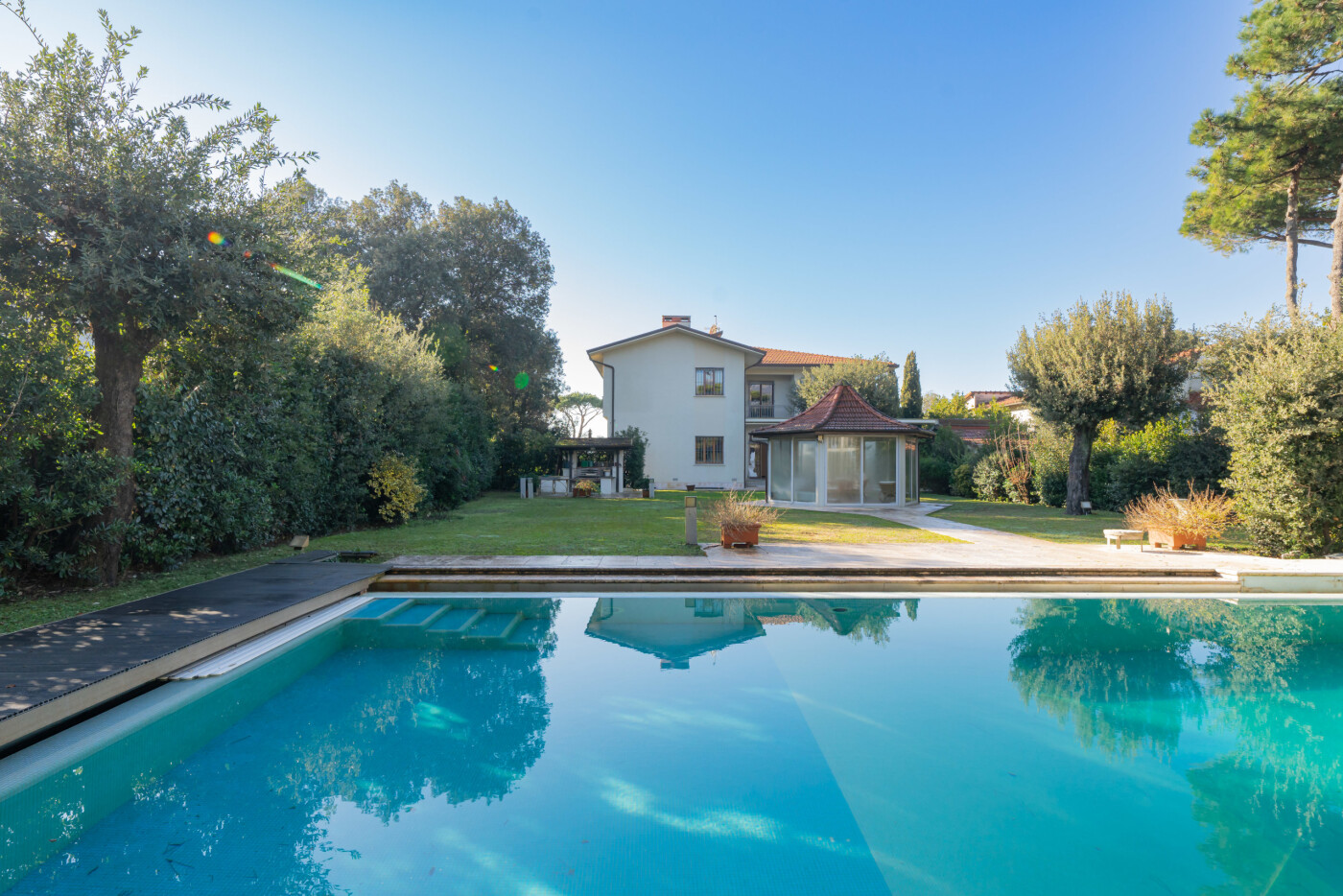When dreaming of buying or selling a home, it is essential to have a complete overview of the various stages involved, because it is not just the purchase price or sale value that needs to be considered: there are a series of taxes, expenses, and obligations that accompany each stage, from the first step to the day-to-day management of the property.
Who has to pay taxes and when?
And what other costs should be taken into account when buying, selling, or owning a property in Italy?
In this guide, we will accompany you with simple and clear language to discover everything you need to know: taxes to pay, notary fees, mortgage-related expenses, and management costs that every owner must face.
A practical and comprehensive guide that will help you avoid unpleasant surprises and plan your real estate investment in Italy in the best possible way.
01: Purchasing real estate in Italy
All property prices listed on websites or in brochures are the seller’s net prices. Taxes and costs must always be added to the agreed price because they depend on many factors, including the characteristics of the seller or buyer, and it is essential to be aware of this in order to make the best choices.
When purchasing, the main difference is between buying from a private individual and buying from a construction company.
• As a private individual (or VAT-exempt business):
– First home: 2% of the cadastral value
– Second home: 9% of the cadastral value
– Mortgage tax + cadastral tax: €50 + €50
To understand what this means in terms of cadastral value, let’s look at some concrete examples:
Each property has its own cadastral income, which depends on many factors. To simplify, let’s take an example:
property for sale at €2,000,000.00
cadastral income of approximately €2,000.00
In the case of the purchase of a first home, the cadastral income must be multiplied by 115.5. We then calculate 2% of the product, which is the registration tax (the additional tax cost to be incurred), i.e., €2,000 x 115.5 = 231,000 x 2% = €4,620.00.
In the case of purchasing a second home, the cadastral income must be multiplied by 126. We then calculate 9% of the product, which is the registration tax (the additional tax cost to be incurred), i.e., €2,000 x 126 = 252,000 x 9% = €22,680.00.
In order to purchase a property as your primary residence, here are the requirements for taking advantage of the “first home” benefits.
Property location
The property must be located in the municipality where the buyer resides, or where they undertake to transfer their residence within 18 months of purchase.
Property features
It must belong to non-luxury cadastral categories (A/2, A/3, A/4, A/5, A/6, A/7, A/11).
Categories A/1, A/8, and A/9 (luxury homes, villas, and castles) are excluded.
Personal situation of the buyer
You must not already own (even jointly with your spouse) another home purchased with first-time buyer benefits anywhere in Italy.
You must not own another suitable dwelling in the same municipality.
If you own another primary residence, you can still buy the new one as long as you sell the previous one within 24 months.
In the case of purchase from a construction company, we would have to add VAT to the price agreed with the seller, while other taxes would be a fixed amount of €200.00.
• As a company with VAT:
– First home: 4% VAT + €200 registration fee + €200 + €200
– Second home: 10% VAT + fixed taxes
– Luxury properties (A/1, A/8, A/9): 22% VAT
In the case of purchasing a first home from the builder, VAT applies:
- As a primary residence 2,000,000 x 4% = €80,000
The choice to purchase as a primary residence involves the characteristics we mentioned earlier.
- As a second home 2,000,000 x 10% = €200,000
If you decide to purchase the property through a company, even if purchasing from a private individual, you will pay taxes on the price and not on the cadastral income. The registration tax will be equal to 9% of the price. If purchasing from a construction company, you will pay 10% VAT. In these cases, a detailed analysis is essential to evaluate all aspects.
Other costs to be expected:
– Notary: approximately 0.3%–0.5%; it is essential to obtain a quote
– Lawyer (optional): approximately 1% + VAT
– Bank (cashier’s checks, transfers): variable fees
– Mortgage: substitute tax of 0.25% (first home) – 2% (second home) on the amount disbursed + application fees + appraisal
– Technical due diligence, optional but useful. Keep in mind that the seller is required to have their own technician draw up a compliance report on the property, which must be delivered to the buyer and the notary. Often, the buyer also hires their own technician to verify the seller’s technician’s findings. The costs vary greatly because they depend on many factors.
02: Annual property taxes
Every year, a property owner must consider:
– IMU, MUNICIPAL TAX, as a primary residence, is not payable.
Second homes and luxury properties. Calculated on the revalued cadastral value × municipal tax rate (from 8.6 per thousand to 10.6 per thousand on the cadastral income) in Forte dei Marmi, it is equal to 10.6 per thousand.
– TARI: waste tax, mandatory for everyone, paid to the municipality according to regulations and rates, with a significant impact on the surface area of the property and the number of occupants.
– Condominium fees: if apartment
– Fixed utilities: electricity, water, and gas have basic costs even without consumption.
03: Sale of a property in Italy
For sales, if certain requirements are met, we can consider ourselves a tax haven because if you purchase a property as your primary residence and hold it as your main residence for more than half of the period between purchase and sale, you will not be subject to capital gains tax.
However, five years after purchase by a natural person, whether as a primary or secondary residence, there will be no taxation on the capital gain.
Below we outline the hypotheses.
– Real estate capital gains:
• If you sell within 5 years of purchase → 26% tax on the positive difference
• After 5 years → no tax
• Primary residence → exempt even within 5 years, provided that it has been used as a primary residence for more than half of the time between purchase and sale.
– Other costs:
• Mortgage cancellation (notary and registry)
• APE certification (mandatory)
• Building compliance report
• Any urban planning regularization work
• Real estate agency commission
04: Taxes and costs when renting a property
• Flat tax: 21% (or 10% with agreed rent)
• Ordinary IRPEF: if you do not choose the flat-rate tax
• Expenses: maintenance work, property tax, condominium fees, insurance
• Agency commission: usually 5-10% of the rent
05: FAQ – frequently asked questions
Who pays the notary in Italy?
👉 The buyer
If I buy a home as my primary residence, do I have to pay IMU?
👉 No, except for luxury properties
How much does it cost to sell a house within 5 years?
👉 If it is not your primary residence, you pay 26% on the capital gain.
Can foreigners buy property in Italy?
👉 Yes, without any particular restrictions, except for reciprocal agreements with certain non-EU countries.





